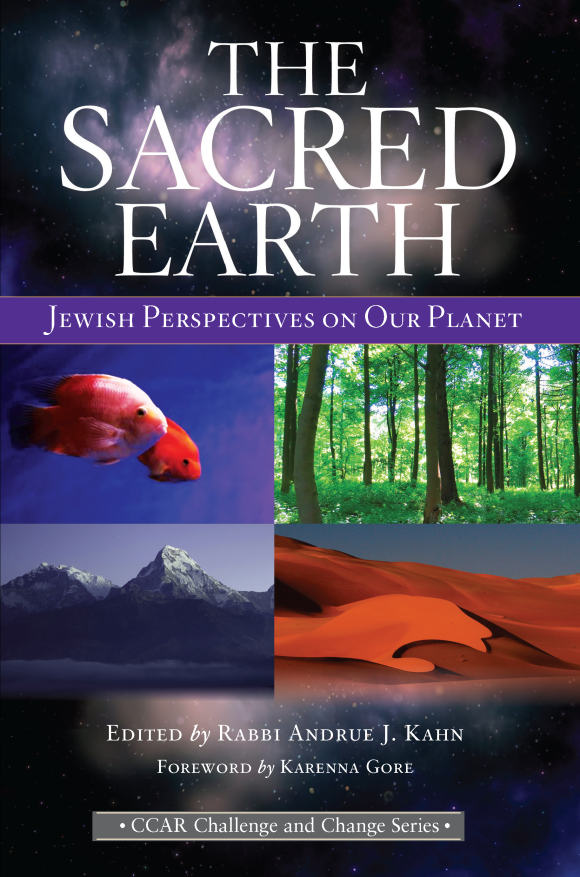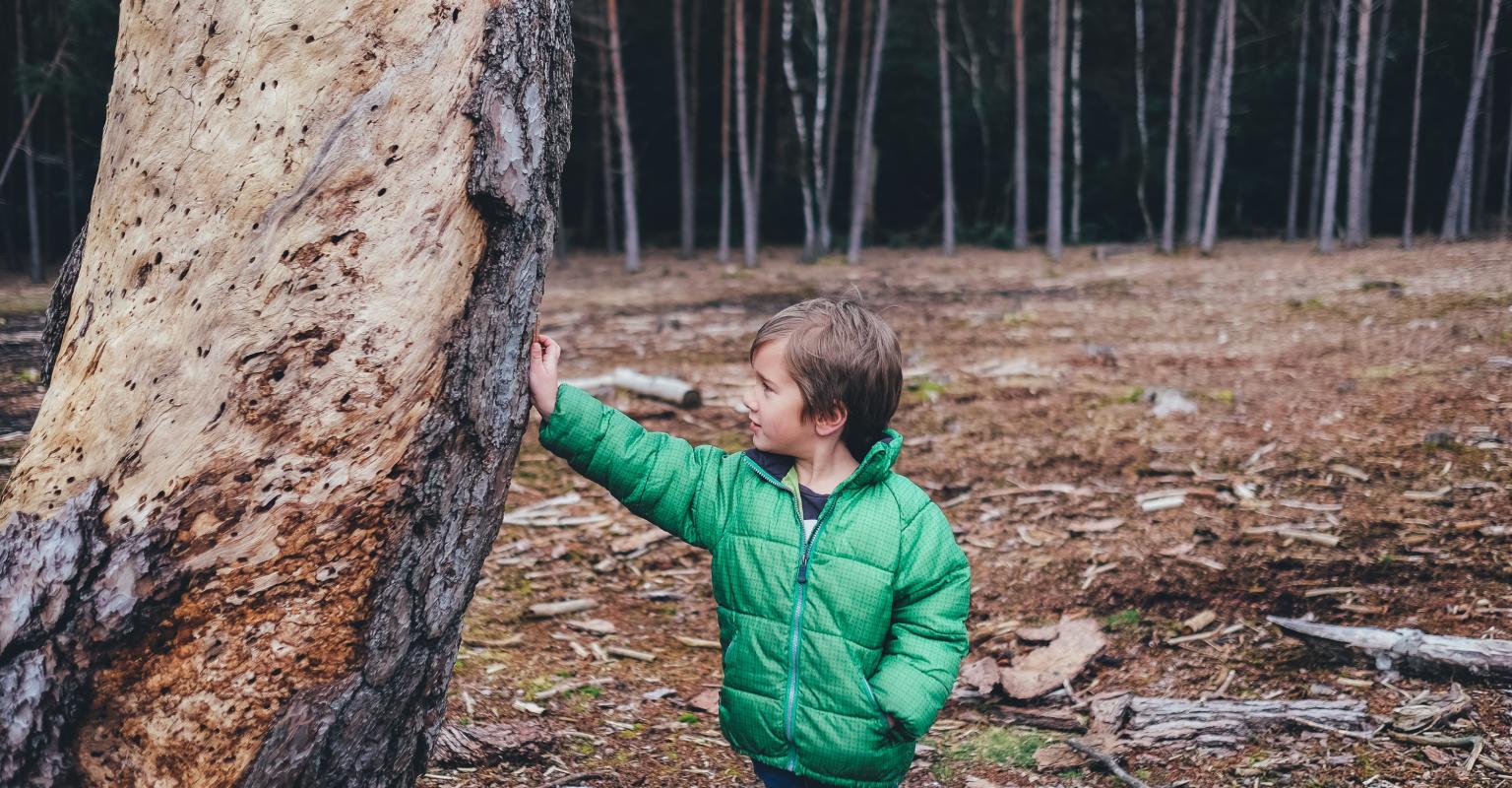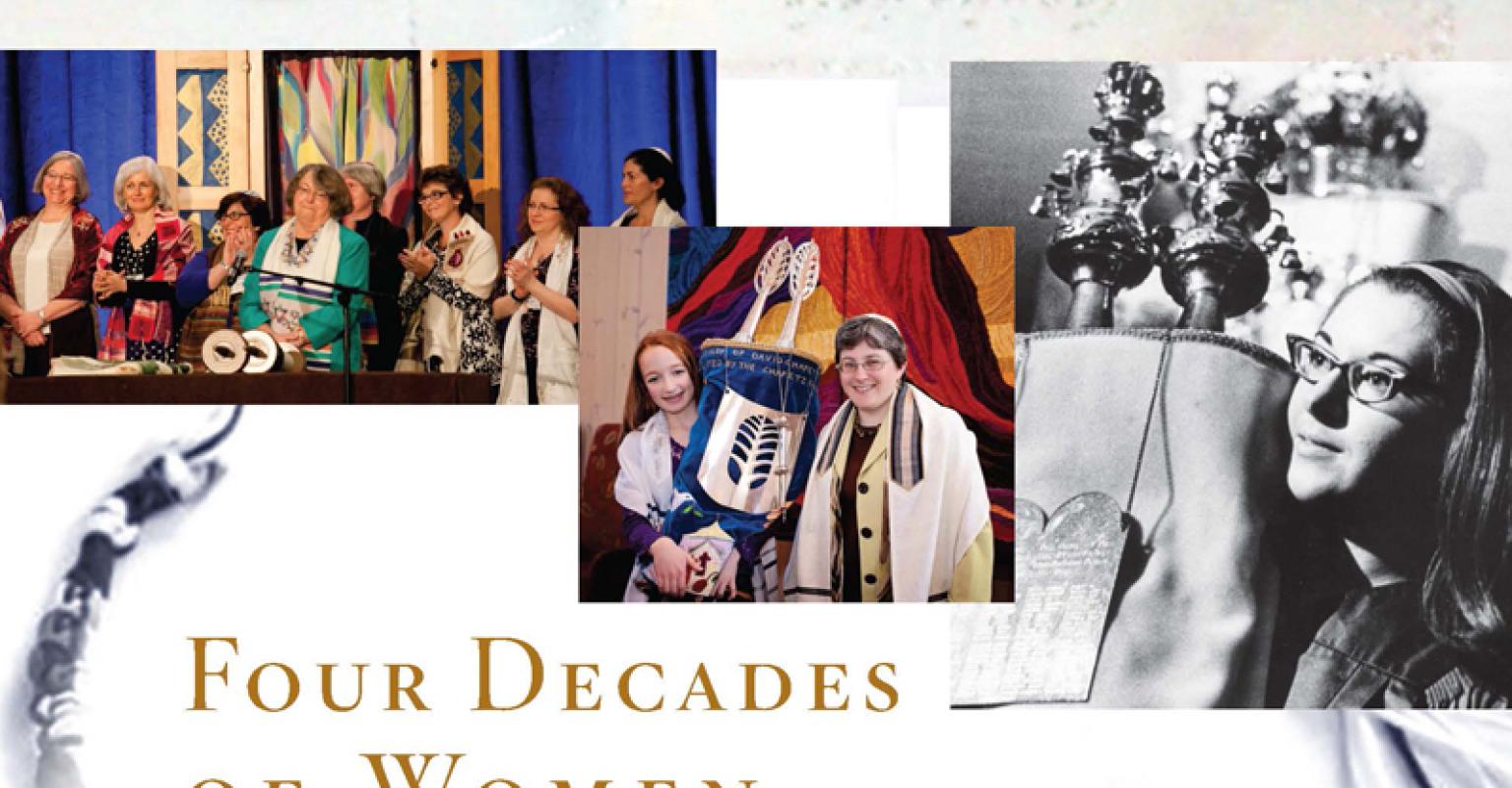The Sacred Earth: Study and Discussion Guide
The book The Sacred Earth: Jewish Perspectives on Our Planet, published by CCAR Press, is an anthology of contemporary Jewish responses to the looming threat of climate change, the widespread desire for experiential spirituality rooted in nature, and the continually changing relationship between humanity, nature, technology, and the Divine. This study guide, written by Rabbi Ariel Tovlev, is designed to help readers explore and honor the myriad ways we as Jews can be in sacred relationship with our planet.
The Sacred Earth does not merely focus on actions and behaviors. The realm of action is necessary, as we cannot repair the world without doing the work. However, we must not forsake the realm of thought. This guide is organized thematically based on these two realms. The first part, “Reframing Our Perspectives,” covers thought, while the second, “Pathways Forward,” addresses action. Each larger theme has smaller subthemes which will be explored through the chapters of The Sacred Earth.
This guide does not need to be used in a linear fashion. Deliberately designed to put chapters in conversation together, this guide encourages readers to think thematically. It can be used in book clubs, adult education classes, social justice groups, teen programming, climate action task forces, or even as inspiration for a sermon or lecture. It can be used with large groups, or in chavruta (study pairs). It can also be used with the “jigsaw” method: group members split into chavruta to each learn different subsections, after which they rejoin the group to teach the others about their subsections. You do not need to have read the entirety of The Sacred Earth to use this guide. You could read through the guide from start to finish, or you could browse the subsections to select ones of particular interest.

- Nature
- Social Justice
- Jewish Text and Thought
- Congregational Learning
- Teen Engagement
Discover more

A collection of resources to stimulate students by forming connections between nature, Israel, and Tu Bishvat.

This guide offers a structure for discussing how women's presence in the rabbinate has impacted Jewish life.

This guide will help readers explore Jewish dietary practices.
